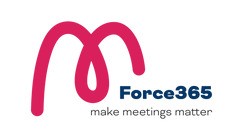A traditional agenda is a linear, chronological list of topics that will be discussed during the meeting. This type of agenda is often used for more formal meetings and follows a strict structure, with a specific time allocated for each agenda item.
A structured agenda is similar to a traditional agenda, but it also includes additional information, such as the purpose and goals of the meeting, the roles and responsibilities of attendees, and any materials or resources that will be needed. This type of agenda is often used for more complex or high stakes meetings and provides a more detailed roadmap for the meeting.
A flexible agenda is designed to allow for changes and adjustments during the meeting. This type of agenda may include some general topics or themes, but it also leaves room for unplanned or spontaneous discussions. This type of agenda is often used for more informal or collaborative meetings and can help facilitate a more dynamic and responsive discussion.
An action-oriented agenda focuses on specific tasks or goals that need to be accomplished during the meeting. This type of agenda includes a clear set of objectives and action items, and typically includes a section for recording and tracking progress on these items. This type of agenda is often used for meetings that are focused on problem-solving or decision-making and can help ensure that the meeting is productive and focused.
A digital agenda is an electronic version of a traditional or structured agenda that is created and shared using online collaboration tools. This type of agenda can be accessed and updated by all attendees in real-time, and can help facilitate more interactive and collaborative meetings, even if attendees are participating remotely.
top of page


bottom of page
Comments